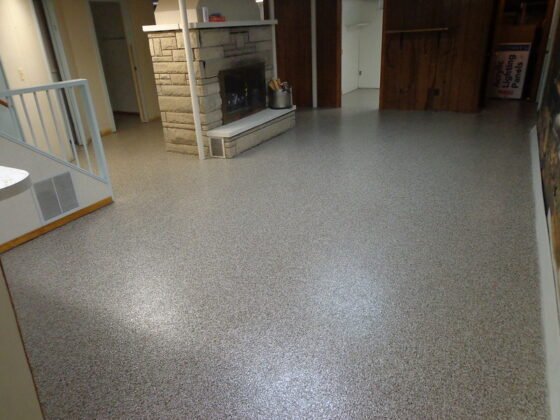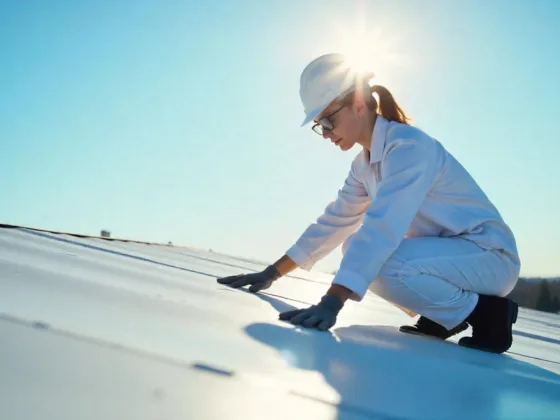Table of Contents Show
Home construction is a lot like any other kind of building project. Construction is defined as the building of buildings and other structures to add to the value of the property held under contract.
In today’s real estate market, construction is essential for getting new homes built and for retrofitting and repairing existing homes.

It’s a necessary part of any major building project and society in general.
However, home improvement projects can pose risk to the ones doing the work. Safety is of paramount importance in all home construction projects especially when you’re handling them in a DIY fashion.
Normally, the main reason why a home improvement project may go wrong is because of a lack of safety measures or even a careless attitude.
In this article, the most common hazards involved in home construction are discussed.
Home Construction Hazards and Ways to Avoid Them:
When planning to remodel your home, it’s important to understand the common home construction hazards and learn how to avoid them. Accidents are out there just waiting to occur.
You should take precautions to avoid them, no matter what the danger is. This could save you or someone’s life. Here are common hazards in home constructions and how they can be prevented:
1. Falling Objects/Debris
A common hazard present at construction sites is falling debris and objects. It’s extremely important to protect yourself and others from falling things that can hurt you when you’re working on a construction site.
How to Avoid It:
- Always make sure that any type of ladder or scaffold is securely attached to the ground.
- Protective gear such as construction safe boots and hard hats are crucial even in home construction.
Read Also:
2. Electrical Hazards
Electrocution is a common hazard at any construction site. It happens when people are working too close to an electrical source.
When your home improvement project is electrical, it’s crucial to remain safe all the time to avoid this from happening to you.
How to Avoid It:
- It’s important for everyone to always keep hands and feet away from the nearest electrical panel or wire.
- If an electrical panel or wire becomes loose, it needs to be inspected immediately so that it doesn’t cause an accident.
- Remember, power cords and other electrical sources are extremely dangerous. If possible, seek the services of a professional electrician if you need to fix anything related to electricity.
3. Slip and Fall Hazards
You should always watch out for slip and fall accidents. These can occur when someone is fixing or building something on a slippery area like the bathroom or kitchen.
This type of accident can also happen when you work on an uneven or shaky foothold. Some types of construction materials may just not be strong enough to handle the weight of a human walking along with it.
For example, when a scaffold breaks or ladder, it may be because the materials used were of poor quality.
In this case, homeowners should ensure that all equipment is safe and can withstand prolonged use.
How to Avoid It:
- In addition to using protective gear in your home, another home construction safety tip involves the use of non-slip mats in various places throughout your home. These mats are designed to prevent you from falling, slipping, and breaking your leg or back. They should be placed in areas where individuals are at a higher risk of falling such as near a staircase or near a drop-off area. They should also be placed around areas where water is present to help avoid any slip and fall accidents.
- It’s also extremely important that you never walk over the top of a protruding brick, tile, or hollow block to avoid falling or slipping.
4. Falls from Height
There are many areas of the home that present the risks of falling from height. If your home construction requires work on the ceiling, roofs, and top windows, you need sturdy and reliable equipment to get the job done.
How to Avoid It
- Always use harnesses when climbing ladders or scaffolds. Make sure that the scaffold is erected on a solid footing by a competent DIYer or tradesperson.
- Your safety equipment should be properly maintained at all times and inspected frequently to ensure that it’s in good working condition.
Takeaway
Prevention is always better than cure, so be smart. Wear the proper protection and you will be much safer on the construction site.
You can help prevent construction hazards by gaining awareness about the different kinds of dangers.
To learn more, take advantage of online resources on how to prevent home accidents. Home improvement companies also have websites where you can find out about preventing hazards during construction and renovation.
You may not think of home construction as a big danger, but every little step makes a difference.










